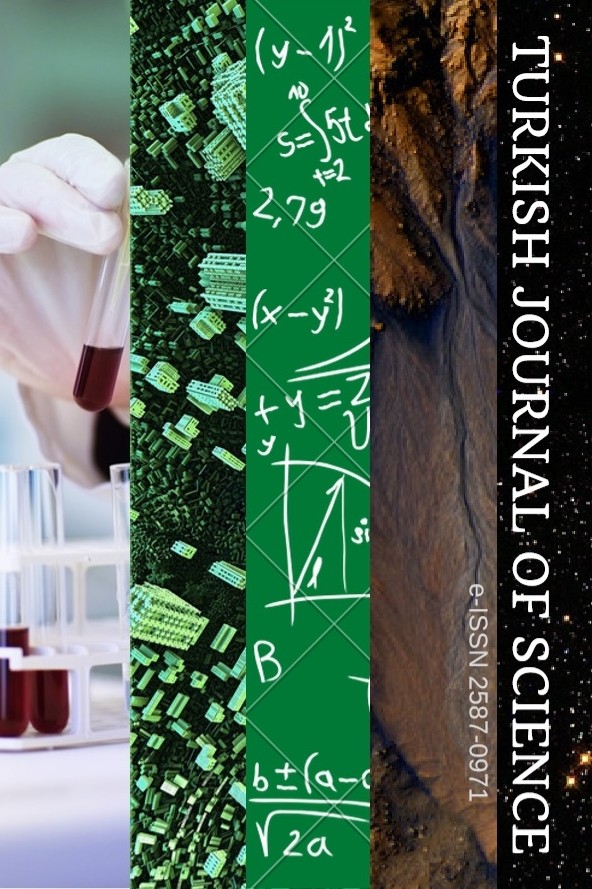Repdigits as Product of Fibonacci and Pell numbers
Repdigits as Product of Fibonacci and Pell numbers
Repdigit, Fibonacci numbers, Pell numbers, Diophantine equation Baker’s theory,
___
- Jhon J Bravo and Florian Luca. On a conjecture about repdigits in k-generalized fibonacci sequences. Publ. Math. Debrecen, 82(3-4):623–639, 2013.
- Yann Bugeaud, Maurice Mignotte, and Samir Siksek. Classical and modular approaches to exponential diophantine equations i. fibonacci and lucas perfect powers. Annals of Mathematics, pages 969–1018, 2006.
- Mahadi Ddamulira. Repdigits as sums of three padovan numbers. Bolet´ın de la Sociedad Matem´atica Mexicana, pages 1–15, 2019.
- Andrej Dujella and Attila Petho. A generalization of a theorem of baker and davenport. The Quarterly Journal of Mathematics, 49(195):291–306, 1998.
- Fatih Erduvan, Refik Keskin, and Zafer S¸iar. Repdigits base b as products of two lucas numbers. Quaestiones Mathematicae, pages 1–11, 2020.
- Florian Luca. Repdigits as sums of three fibonacci numbers. Mathematical Communications, 17(1):1–11, 2012.
- Eugene M Matveev. An explicit lower bound for a homogeneous rational linear form in the logarithms of algebraic numbers. ii. Izvestiya: Mathematics, 64(6):1217, 2000.
- Zafer Siar, Fatih Erduvan, and Refik Keskin. Repdigits as products of two pell or pell-lucas numbers. Acta Mathematica Universitatis Comenianae, 88(2):247–256, 2019.
- Nigel P Smart. The algorithmic resolution of Diophantine equations: a computational cookbook, volume 41. Cambridge University Press, 1998.
- ISSN: 2587-0971
- Başlangıç: 2016
- Yayıncı: Ahmet Ocak AKDEMİR
Kadri ARSLAN, Betül BULCA, Günay ÖZTÜRK
Repdigits as Product of Fibonacci and Pell numbers
New Refinements of Hadamard Integral inequlaity via k-Fractional Integrals for p-Convex Function
An Application of Interior and Closure in General Topology: A Key Agreement Protocol
The Category of Soft Topological Hyperrings
Abdullah Fatih ÖZCAN, İlhan İÇEN, Hatice TAŞBOZAN
Analytic Functions Expressed with q-Poisson Distribution Series
